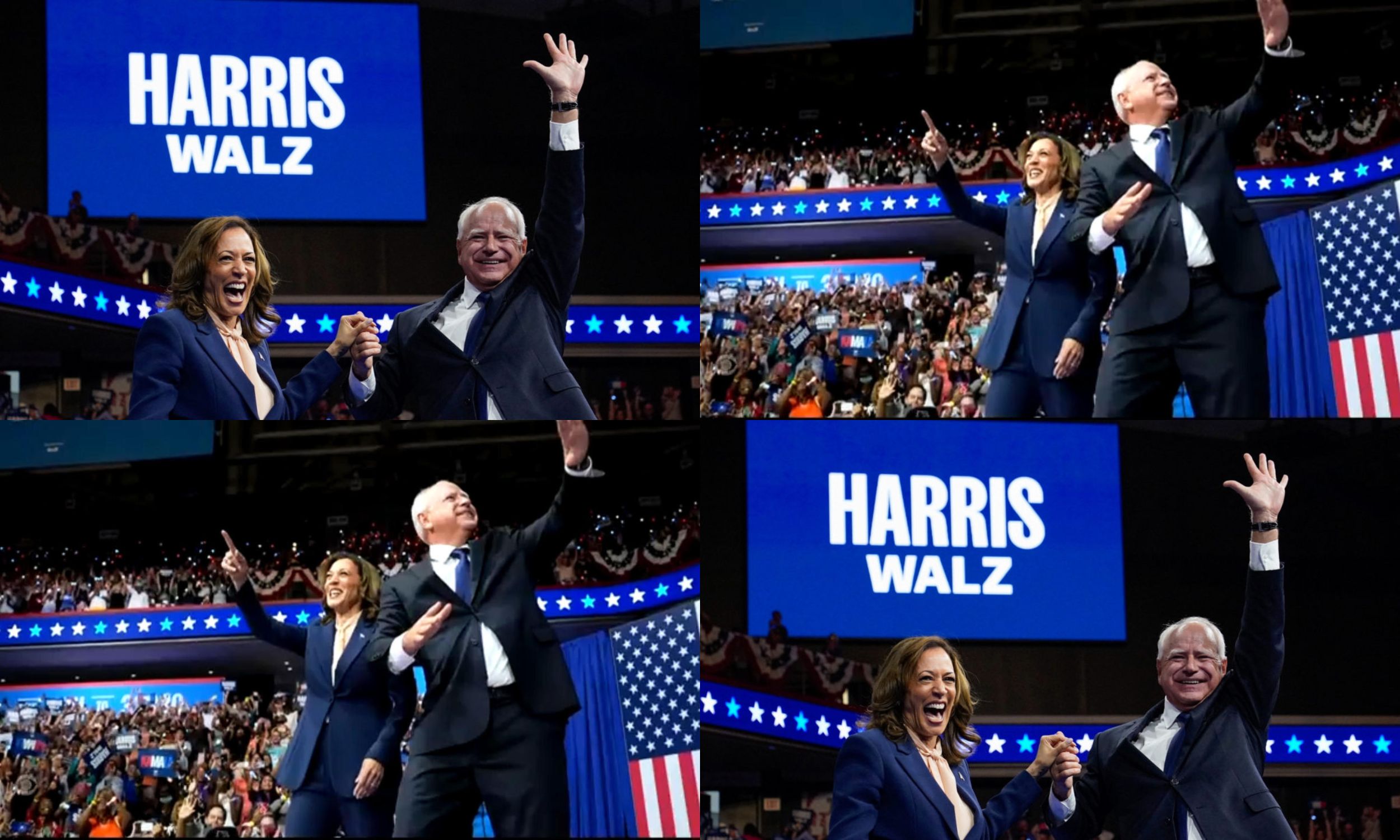This presidential race has seen more dramatic shifts than a winding Tour de France route. In July, Donald Trump was gaining ground and seemingly heading for a decisive win, while the Democratic campaign appeared stalled. However, August brought a serious change as Vice President Harris swiftly took advantage of President Biden’s unexpected exit, turning the race into a fiercely contested battle.
While Harris and her new running mate, Minnesota Governor Tim Walz, energized battleground states with compelling speeches, Trump’s campaign faltered with erratic appearances. He delivered a problematic press conference at Mar-a-Lago and followed it up with a chaotic interview with Elon Musk on X, plagued by technical difficulties.

These missteps only amplified concerns about Trump’s mental fitness. With Biden out, Trump, now the oldest candidate in the race, faces criticisms of age he previously directed at Biden.
Harris’ strong start and Trump’s issues have shifted the dynamics seriously. Recent polling from Cook Political Report indicates a tight race in seven key swing states, a marked contrast from earlier polls showing Trump with substantial leads.
The upcoming Democratic National Convention in Chicago presents an opportunity for Harris and Walz to further bolster their campaign. Conversely, Trump’s convention in Milwaukee yielded minimal benefit and an unremarkable JD Vance t-shirt.
Potential complications for Democrats include division over the Biden administration’s support for Israeli policies in Gaza and new developments, such as a $20 billion arms sale to Israel and potential tensions with Iran.
As the candidates prepare for three national debates starting September 10 on ABC News, Harris’s prosecutorial background will be an asset, while Trump will aim to leverage voter dissatisfaction with the Biden administration. Both campaigns will need to sail through these challenges carefully to influence the upcoming election.


